A meditation on race and ecology on the occasion of the death of U.S. Representative John Lewis.
A racial shock in urban renewal
When I was a kid in Louisville KY, urban renewal displaced my family from the house in which I represented the third generation. The house had been owned by my Grandfather, physician William H. Pickett (1876-1949), and his wife, Lucy B. Pickett (1873-1946). My father, Steward T.A. Pickett, Sr. (1903-1981) was one of the first African American Boy Scout Executives, and my mother, Barbara Lockett Pickett (1926-2010), was a librarian, initially in the “colored branch”, of the Louisville Free Public Library. The house was located on East Chestnut Street, a few blocks away from my grandfather’s medical office. This neighborhood was destroyed by urban renewal in 1964, when I was 14.
Urban renewal was an urban planning craze of the 1960s, dissolving many neighborhoods in which Black and poor people lived. I have come to know that some of the justification for obliterating neighborhoods of Black people or mixtures of Black people and the working classes was derived from a metaphorical translation of ideas of ecological succession to the life cycle of cities. Waves of poor people, immigrants, and Black people were assumed to occupy neighborhoods in a sequence of decreasing status, ultimately leading to a mature stage of “blight”. I now know that this is a perverse application of the ecological idea of deterministic succession to the turnover of neighborhoods in cities. This translation was a product of the Chicago School of Sociology, a pioneering academic specialty in the early 20th century. Unfortunately, that school is sometimes called the Chicago School of Urban Ecology. Social succession is a flawed translation (Light 2009), and one which may reflect the racist impact of that university in the life of Chicago’s south side.
An individual model of race
My parents had a philosophy—as did most Black parents of the era—of personal responsibility. Individuals, whether Black or white, were responsible for their behaviors. We as African Americans had to work harder as individuals in the context of racial exclusions, and the evils of racism were assumed to be the personal characteristics of individual white people.
After urban renewal, the real-estate establishment steered our family to an all-white neighborhood in the West End of Louisville. This was a case of blockbusting. My brother, four years younger than I, became a playmate with the two young white boys next door. That is until their parents forbade them from playing with him. We could chalk that up to more individual bad behavior.
As I have begun to collaborate with social scientists, I have learned a great deal about social differentiation, social hierarchies, economic entanglements, and institutional structures. This new knowledge was what I needed to understand in order to work at the interface of social and ecological sciences in the Baltimore Ecosystem Study research project. BES was originally conceived to understand how a metropolitan area was structured as a combined social-ecological system. Consequently it was necessary for biological and physical scientists to learn from sociologists, human geographers, environmental historians, and anthropologists the details and dynamics of social processes and institutions in this human-natural ecosystem.
The need to understand institutions means that simple parameters like human density, or other straightforward measures of human demography, are inadequate for much research in social-ecological science. Furthermore, individual behaviors are not the whole story. Understanding institutions opens a vast intellectual territory: formal and informal norms, networks of institutional interaction, the operation of power differentials, and the emergent results of institutional behaviors that may go beyond the scope of individual organizations. To me, this sounds a lot like a systems approach to social relationships, but social scientists these days often eschew mention of systems, in favor of—to them—less loaded terms such as “process”. As an ecologist, I was trained in similar ways of thinking, regardless of the term used. So adopting an institutional approach to help understand cities and social-ecological systems was not a difficult step.
Fast forward to the heightened awareness of racism that exists today. There is a perfect storm: a president who seems bent on exacerbating racial conflicts; the COVID-19 pandemic that disproportionately kills African Americans, Indigenous, and other people of color whose employment, living, and transportation situations expose them to the virus excessively; and the ongoing drumbeat of state violence against those very categories of person. My involvement in work on environmental justice as a part of the Baltimore Ecosystem Study, and my continued exploration of the social science literature that is needed to support and expand that work, have led me to a new level of understanding of the nature of what I had been raised to see as individual bad behavior concerning race.
The systems view of race
My new knowledge is that the discrimination I faced as a kid, the problems of environmental injustice, and the social segregation that stands behind so much of what we study in the ecology of Baltimore, are all manifestations of a system of racism. Yes, there are individual bad behaviors, but fundamentally, there is a system—that is, a network—of social tools in place that define racial differences, establish racial hierarchy, and maintain the racial order. Of course, teaching people to avoid individually harmful race-based behaviors is desirable, but even if all bad actors in individual encounters between the dominant and the subordinate racial groups suddenly became good actors, the bedrock of racism as a social-political-economic system would still be in place.
This new understanding can be summarized in the social fact that racism is a complex system. If we want a society that does not socially construct and exploit race as a political device, or put certain races and classes in harm’s way, or continue to treat black people a priori as criminals, we as a society are going to have to undo the system of racism. Racism, to be clear, is a set of policies and norms, operating together to socially define a racial rank hierarchy, and apportion social and political advantage, privilege, disadvantage, and resources based on that ranking. Like many other “isms”, it describes a social-political system of governance and social order.
In the United States, racism expressed as differentiation and exclusion (or worse!) of Native Americans, Chinese, Japanese, African Americans, Latinxs, or recent immigrants is part of the national DNA. Emerging from a settler-colonial project, the United States was built, first, on dispossession or extermination of Native Americans and, second, on the importation of Africans and breeding generations of their descendants to supply slave labor to work the appropriated lands.
The racist system of the U.S. is cleverly hidden (Loewen 2018, Wilkerson 2020). The constitution does not mention slavery but embodies compromises between slaveholders and other stakeholders in the new government that were designed to ensure the survival and expansion of slavery (Baptist 2014). The New Deal looks like a boon for working-class Americans but it established lending practices that advantaged white people over African Americans for decades (Rothstein 2017). The war on drugs of the 1990s, although it seems superficially colorblind, thinly veils racist assumptions about Black people and embodies punitive practices that result in seemingly rational mass incarceration and a growing private prison industry (Alexander 2012).
When one is dealing with a system, individual behavior—whether the striving of underdogs or the microaggressions of the privileged—is not the point. The struggle is against the fundamental system. This is the “good trouble” that John Lewis referred to: Call attention to the hidden system. Don’t let the fight just be against individual bad actors. Work to dismantle the system and put in place a fairer, non-racist system.
The work is made all the more difficult because the system of racism is one of the most resilient social phenomena in the U.S. Highlights of action and reaction can be drawn in broad strokes. First, early slave rebellions engaged working whites as well. To break up that coalition, adjustments were made to privilege poor whites so as to enlist their help in subjugating Blacks. Then, as abolitionist sentiment grew and threatened the expansion of slavery westward into new territories of the U.S., the confederacy was born and seceded with the stated goal of preserving and expanding slavery. After the Civil War, Reconstruction and the associated constitutional amendments gave Blacks some measure of democratic participation. However, after roughly a decade of Reconstruction, federal troops were withdrawn from the South, and Reconstruction was replaced by a so-called Redemption movement, which re-enshrined white supremacy, often on the heels of terrorism by the white supremacist Ku Klux Klan (KKK). (It is the Redemption period that saw the erection of many of the confederate statues around the U.S. They are clearly a message to Black people about their place in society.) Jim Crow laws and practices of segregation against Black people were a 20th century legacy of the Redemption movement. In the mid-20th century, Jim Crow was overthrown by the Civil Rights laws of the mid to late 60s, thanks to the work of people like John Lewis. A ghost of Jim Crow was reawakened beginning in the 90s, however, with a supposedly colorblind “three strikes” war on drugs; this took a great toll on the liberties and enfranchisement of Black people. This regime continues today and continues to hide behind calls for order. This looks like a classic example of resilience in a system.
What I know now
What does anti-racism mean for my profession, the science of ecology. First, it suggests a broader sense of the work to be done. Yes, individual behaviors matter but no amount of good behavior by individuals of whatever “color” will, in and of itself, dismantle the fundamental, resilient system of racism in the U.S. The existence, complexity, and adaptive nature of the racist system must be recognized. Then it can be fought, with great and constant effort. Perhaps a key step is to envision what an anti-racist system would look like. A system that can replace racism will not arise from a neutral, color-blind stance toward racism (Kendi, 2019). The work will be hard and multifaceted: We must understand how systemic racism influenced the academic institutions that created and nourish the field. We must examine how the seemingly rational reliance on individual merit for access and advancement may embody racist assumptions. We must understand how the pleasant and progressive view of American history hides the impact of colonial dispossession and slave capitalism in the past and their continuing legacies today. We must move beyond justice that only aims to restore harms by and to individuals. We must acknowledge that the roots and applications of conservation ecology may owe a debt to white privilege. We must examine the ways in which ecological research has neglected the concerns and neighborhoods of disadvantaged, racialized groups. Perhaps most fundamentally, ecology as a science must have the uncomfortable conversation to understand these things.
Ultimately, we must identify how ecology as a science—which is itself in part a social system of researchers, teachers, and practitioners—can rise to the extraordinary crises that 2020 has highlighted so distressingly.
Steward T. A. Pickett
Poughkeepsie
Banner image: A police officer points his stick at John Lewis at Morrison’s Cafeteria in Nashville, Tennessee, 29 April 1964. Photo: Jimmy Ellis
Literature Cited:
Alexander, M. 2012. The New Jim Crow: Mass Incarceration in the Age of Colorblindness. Paperback edition. The New Press, New York.
Baptist, E. E. 2014. The Half Has Never Been Told: Slavery and the Making of American Capitalism. Basic Books, Philadelphia.
Kendi, I. X. 2019. How to be an Anit-racist. One World, New York.
Light, J. S. 2009. The Nature of Cities: Ecological Visions and the American Urban Professions 1920-1960. Johns Hopkins University Press, Baltimore.
Loewen, J. W. 2018. Lies My Teacher Told Me: Everything Your American History Textbook Got Wrong. 2nd Edition. The New Press, New York.
Rothstein, R. 2017. The Color of Law: A Forgotten History of How Our Government Segregated America. Liveright Publishing Corporation, New York.
Wilkerson, I. 2020. Caste: The Origins of Our Discontents. Random House, New York.
About the Writer:
Steward Pickett
Steward Pickett is a Distinguished Senior Scientist at the Cary Institute of Ecosystem Studies in Millbrook, New York. His research focuses on the ecological structure of urban areas and the temporal dynamics of vegetation.

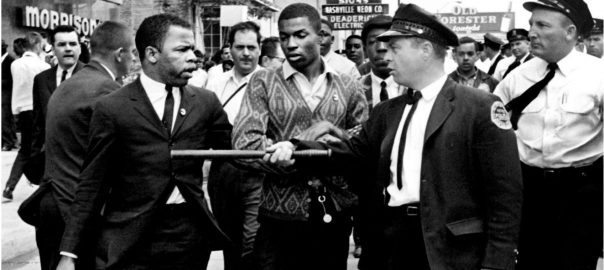


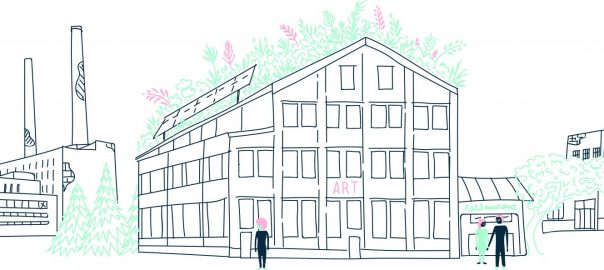
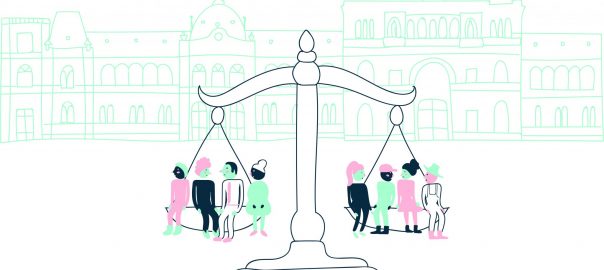

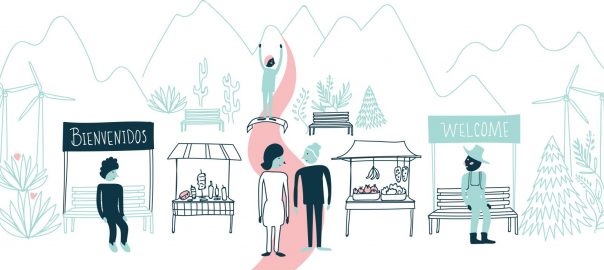
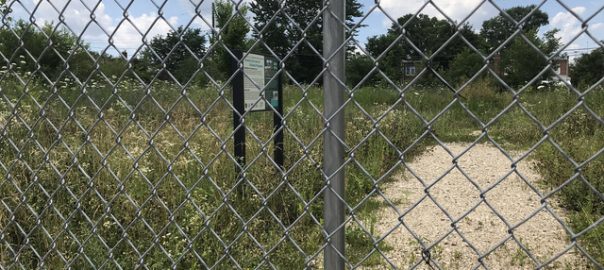
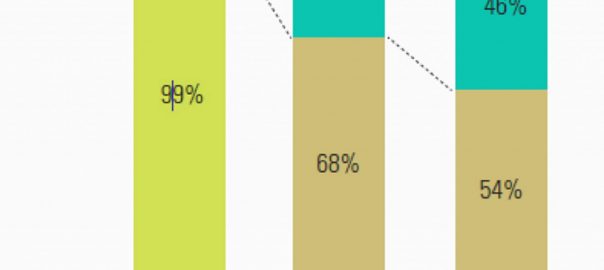
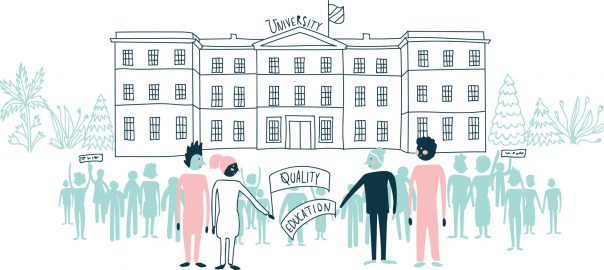
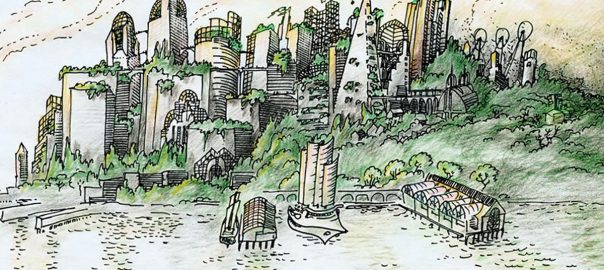
Thank you for your awakening to “acknowledge that the roots and applications of conservation ecology may owe a debt to white privilege.” It will be great to see the Baltimore Ecosystem Study engage with researchers, educators and students of the ONLY historically black university with architecture, planning and the Center for Built Environment and Transportation Studies in the City of Baltimore: Morgan State University!